Since Biden and his administration passed the Inflation Reduction Act in 2022, the government has been organizing and finalizing the Climate Reduction Grants Program.
As of March 2024, all but five states have joined the program, which means they will receive federal funding to reduce fossil fuel production and initiate sustainable energy initiatives. However, not everyone in those five states is thrilled by their government’s decision to opt out.
What Is the Climate Pollution Reduction Grants Program?
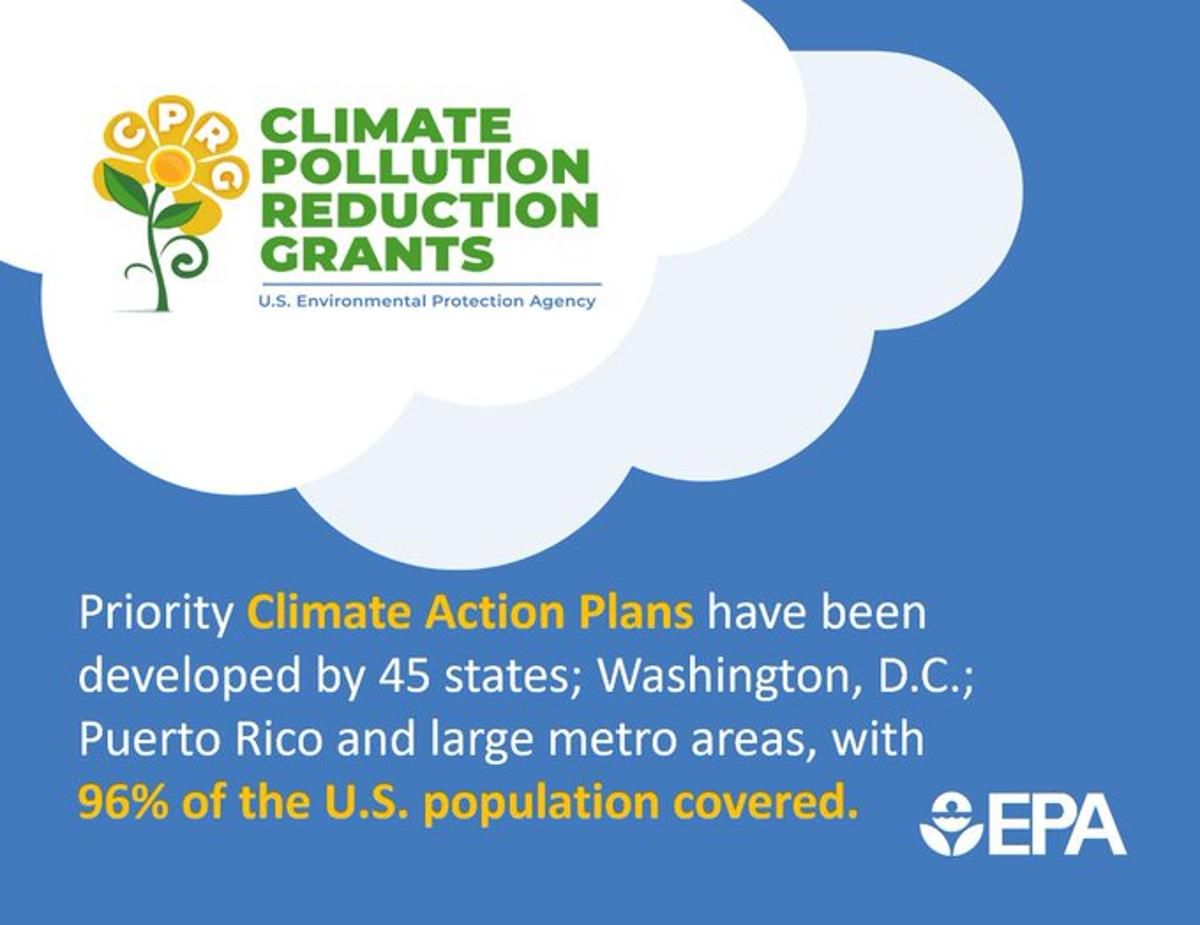
The Climate Pollution Reduction Grants Program, as explained by the Environmental Protection Agency, “provides $5 billion in grants to states, local governments, tribes, and territories to develop and implement ambitious plans for reducing greenhouse gas emissions and other harmful air pollution.”
The two-phase plan will offer billions of dollars in funding to identify and implement new opportunities for clean energy, reduce environmental pollution, and rebuild America’s infrastructure for a stronger and safer future.
Where Are the Billions of Dollars Coming From?
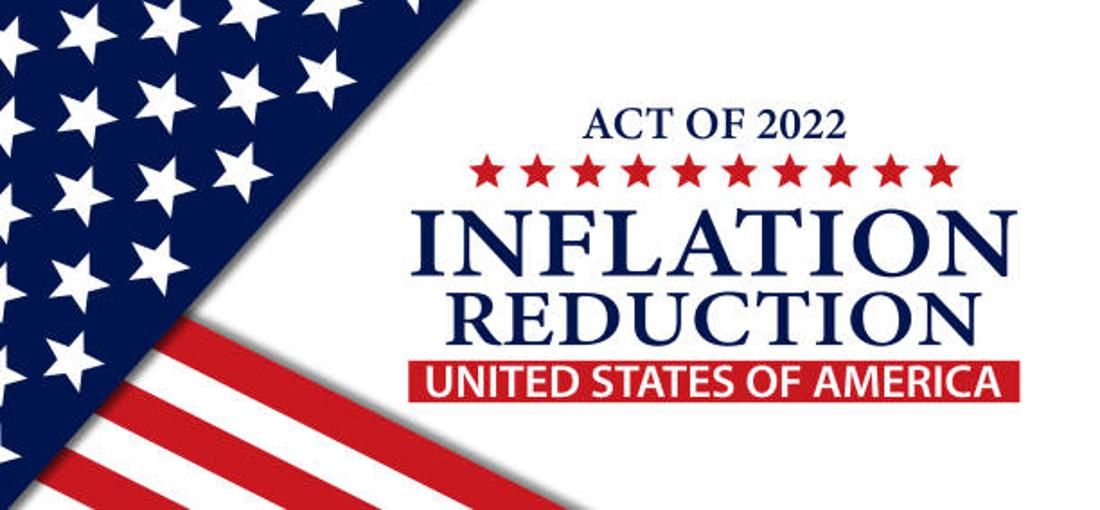
The billions of dollars in funding are coming directly from the federal government as a part of President Biden’s Inflation Reduction Act of 2022.
While some have argued that this kind of spending is irresponsible, Biden and his administration believe that it is absolutely essential that the government spend money now to ensure that this planet we live on stays viable for future generations.
States Could Decide if They Want to Participate in the EPA Program

Through the Climate Pollution Reduction Grants Program, the Biden administration offered all 50 states, as well as the tribes and territories of the United States, the opportunity to receive up to $3 million to use towards green initiatives of their choosing.
As of the start of 2024, 45 states and several tribes and territories have applied and received their stipend to get to work combating climate change and creating a greener planet. That means there are only 5 states that abstained.
The 5 States Not Participating in the Climate Pollution Program
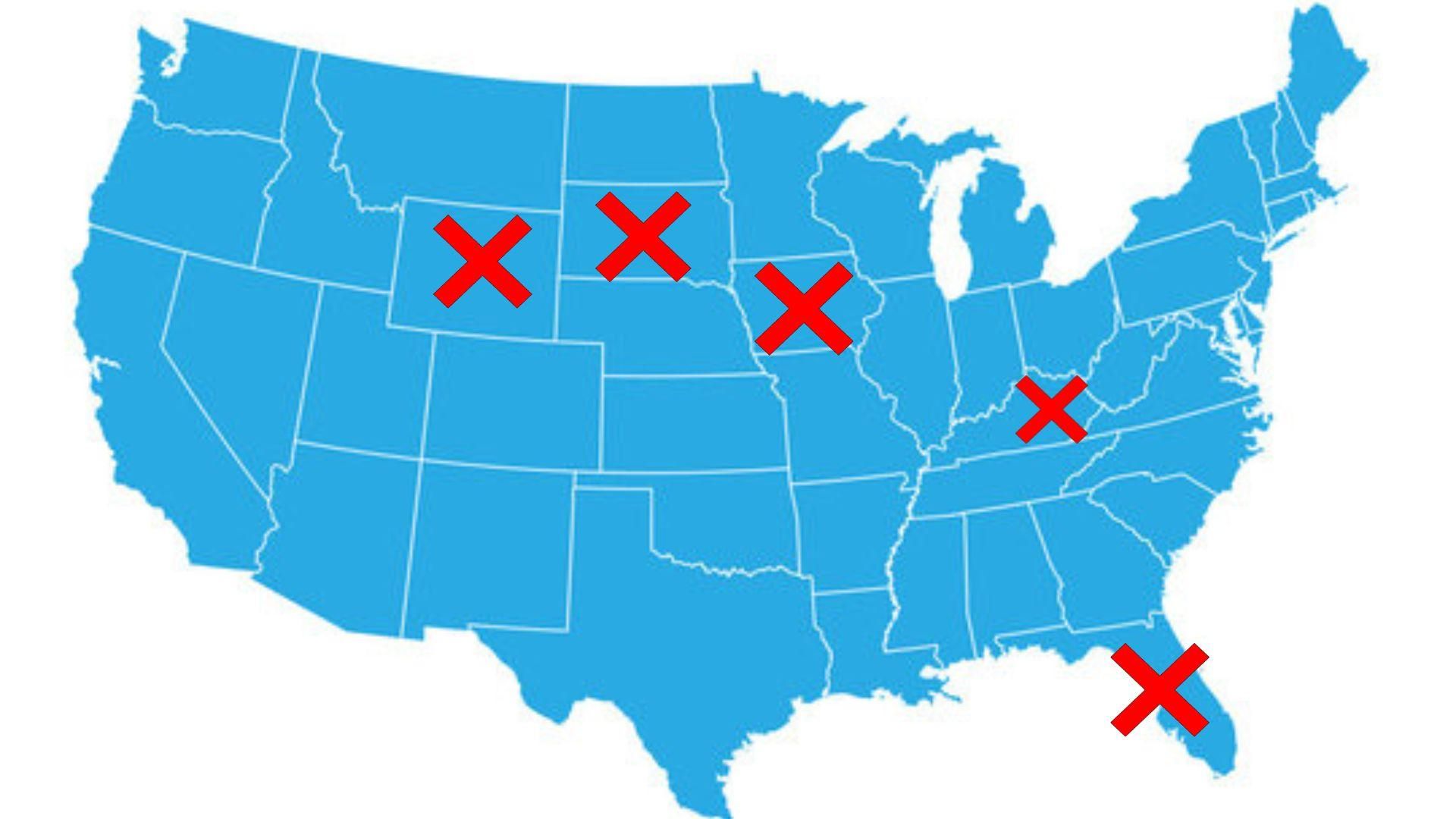
The five states that decided not to participate in the Climate Pollution Reduction Grants Program are Iowa, Florida, South Dakota, Wyoming, and Kentucky.
While each state had its own specific reasons for not wanting millions of dollars from the government, the general consensus was that there were simply too many requirements and stipulations associated with it.
Some Cities Within These 5 States Weren’t Thrilled With the Decision
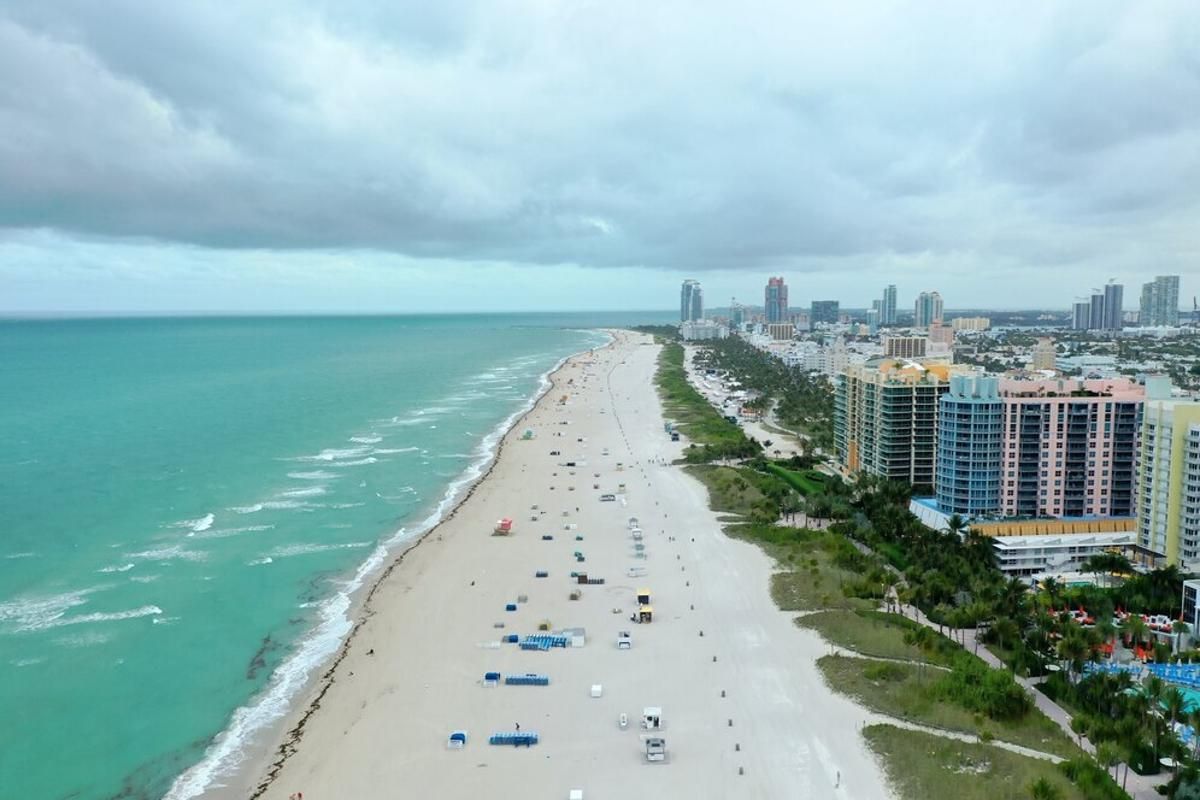
The federal program enabled not just state governments but also metropolitan cities all around the country to apply for their own grants, which is exactly what the cities within the 5 states that refrained decided to do.
In the state of Florida, the city governments of Miami, Jacksonville, Orlando, Tampa, and North Port are each receiving $1 million to use on pollution reduction and green energy initiatives.
Des Moines, Cheyenne, and Louisville Took $1 Million, Too

In Iowa, the cities of Cedar Rapids, De Moines, and Iowa City signed up for the grant, as well as Rapid City in South Dakota and Cheyenne in Wyoming.
Lousiville, Lexington, and Bowling Green in Kentucky did the same, so all of these cities will also be given $1 million to spend.
What Will These Cities and States Do With Their Millions?

Each of the 45 states and 13 cities that received funding have different plans for their millions. Alaska has reported that it plans to focus on “multiple lines of effort that support transportation-related emission reduction strategies.”
Whereas California will be spending a great deal on self-generation initiatives, bolstering bioenergy projects, and implementing a food waste prevention program.
Overall, the Goal Is to Protect Our Planet
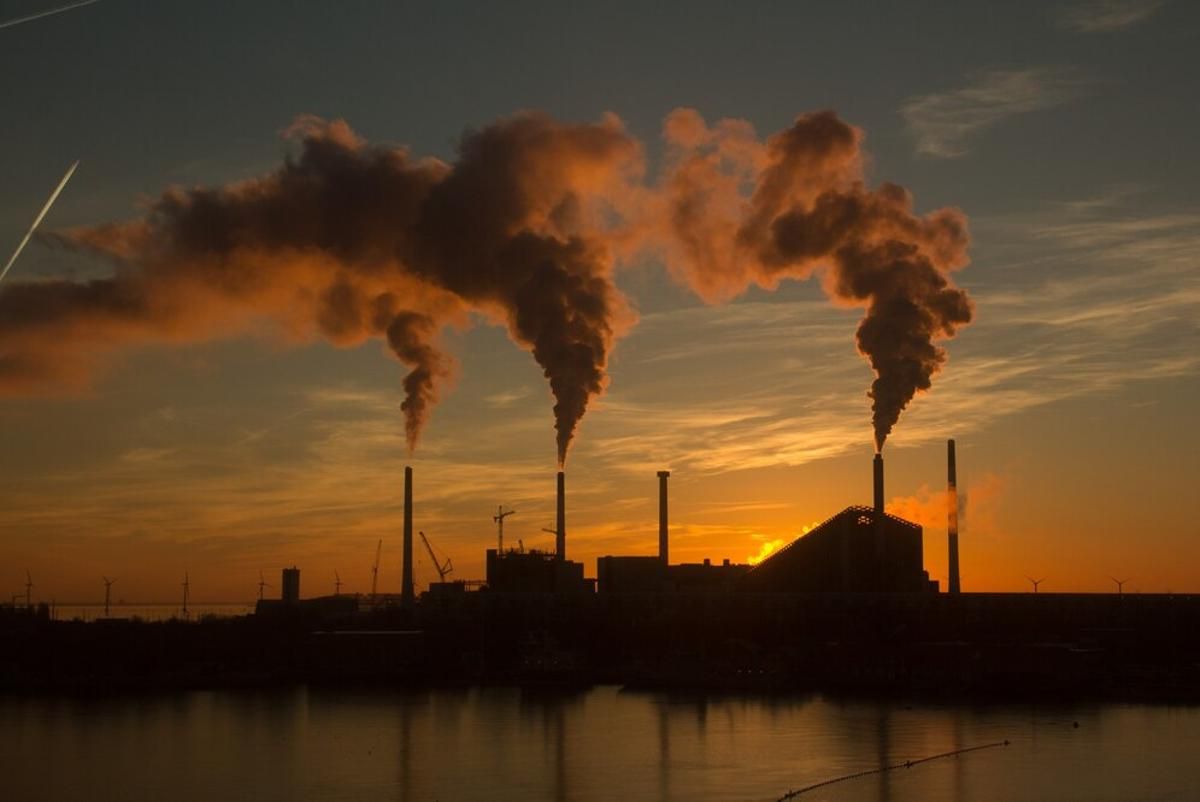
The hope, of course, is that as these plans turn into actions, the amount of fossil fuels being released within the United States will decrease significantly, thus protecting the planet from climate change now and for future generations.
As Jennifer Macedonia, deputy assistant administrator for EPA’s Office of Air and Radiation, explained, “The diversity of ideas and ambitious initiatives from all across the country reflect the seriousness that states and metropolitan areas are bringing to the work of cutting pollution, acting on climate change, and meeting their local objectives.”
Biden’s Goal to Cut Carbon Emissions by 2030
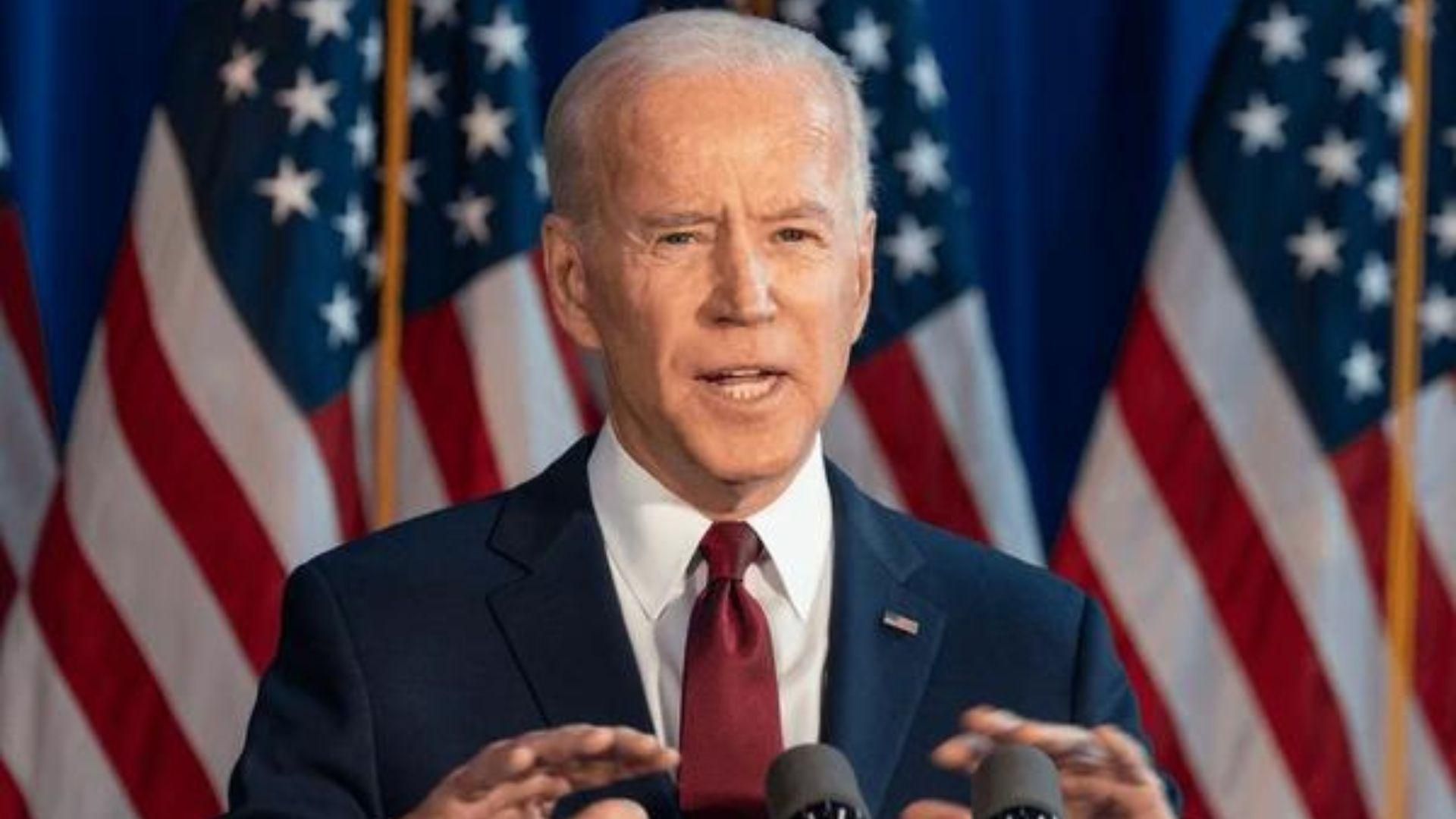
During his nearly four years in the Oval Office, President Biden has spent a great deal of time and energy trying to fight against the ever-increasing threat of climate change.
In fact, the President has set a goal for the entire nation to cut carbon emissions in half by 2030. Many have wondered if this objective will actually come to fruition or if it’s even possible, but with 45 of the 50 states putting their plans into action, it may really happen.
If Trump Wins, Will the Grants Be Overturned?
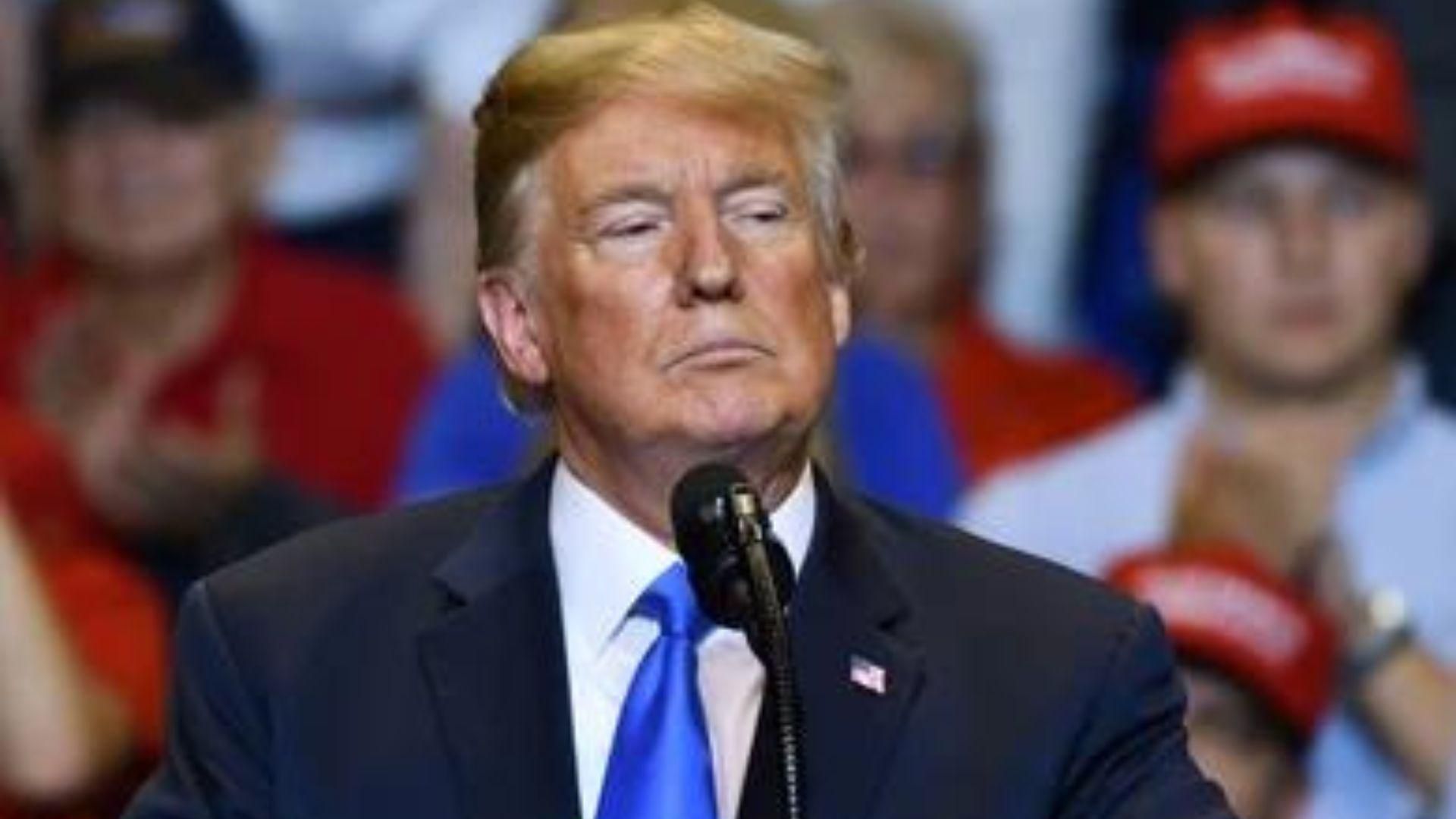
With the next presidential election right around the corner, many Americans are worried that Biden’s legislation regarding climate change will be almost immediately overturned if Trump wins the race.
However, the former president, who is famously unphased by the climate change problem, would need the support of Congress to repeal the Inflation Reduction Act and the grants that came along with it. So, while it’s possible, experts believe it’s unlikely.
Phase Two of the Project Will Be Rolled Out Soon

Applications for phase one were due on March 1, 2024, and the $1 million to $3 million allotments are currently being organized and distributed to those cities and states that proposed their plans of action.
The second phase, which is scheduled for 2025, will distribute an additional $4.6 billion to those states, communities, tribes, and cities. And hopefully, by the end of the decade, things will really have changed for the country and the planet as a whole.
